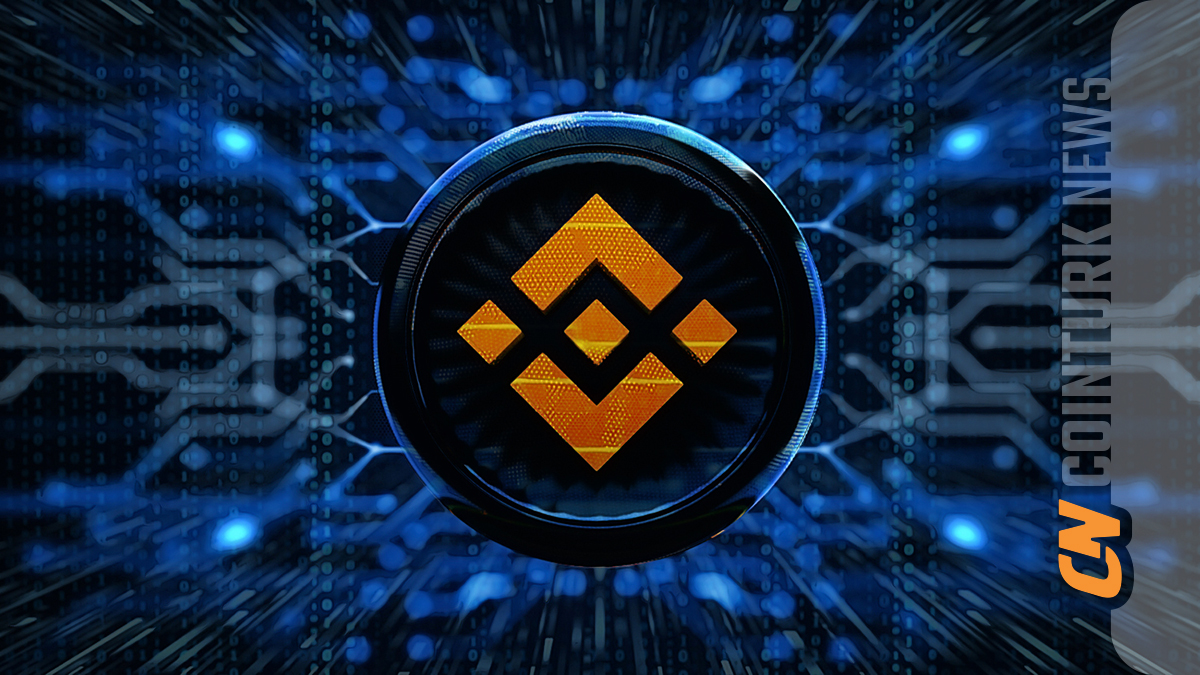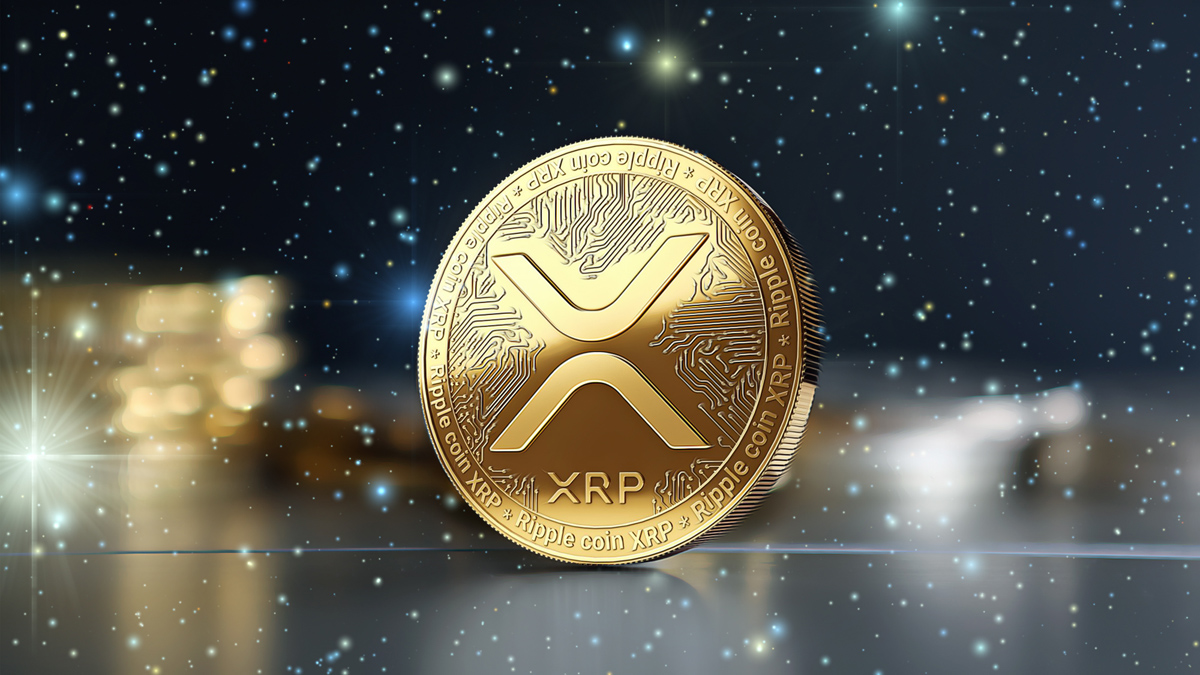As the world’s largest cryptocurrency exchange by volume, Binance has made a last-minute announcement regarding Ethereum Classic (ETC) that it lists. Binance will support the planned network upgrade of Ethereum Classic and accordingly, deposit and withdrawal transactions on the network will be temporarily suspended on February 4th.
Binance Supports Ethereum Classic’s Network Upgrade
The major cryptocurrency exchange Binance has announced its support for the planned network upgrade of Ethereum Classic. Accordingly, deposit and withdrawal transactions on the Ethereum Classic network will be temporarily suspended on February 4th at 16:00 local time. The planned network upgrade of Ethereum Classic is expected to occur at block height 19,250,000, or approximately at 16:50 local time on February 4th.

During the network upgrade, ETC trading will continue smoothly. Binance will fulfill all the technical requirements for all users and will restart the deposit and withdrawal services for Ethereum Classic once the upgraded network is considered stable.
What is a Network Upgrade?
A network upgrade for an altcoin means improving or changing the existing Blockchain protocol or software. Such upgrades usually aim to enhance the network’s performance, security, scalability, or another feature.
Developers can improve their projects over time to make them more competitive and user-friendly, close security vulnerabilities, or add new features. However, such changes often need to be accepted by the community and a consensus must be formed on the network.
If a new feature needs to be added to the network or an existing feature needs to be changed, developers make these changes through a network upgrade. Changes are typically first tested on a test network, where potential errors and issues are identified and resolved. This is important to ensure reliability before moving to the main network.
Developers discuss the proposed changes by communicating with users, miners, and other stakeholders. The community usually gives approval to the upgrade by forming a consensus. If the community and stakeholders accept the change, the planned upgrade is carried out on the main network. This often occurs at a certain block height.
Users and miners adapt to the network upgrade by updating their software or switching to a compatible version. After the upgrade, the network’s performance and reliability are monitored. If any issues arise, developers intervene to resolve them.

 Türkçe
Türkçe Español
Español









